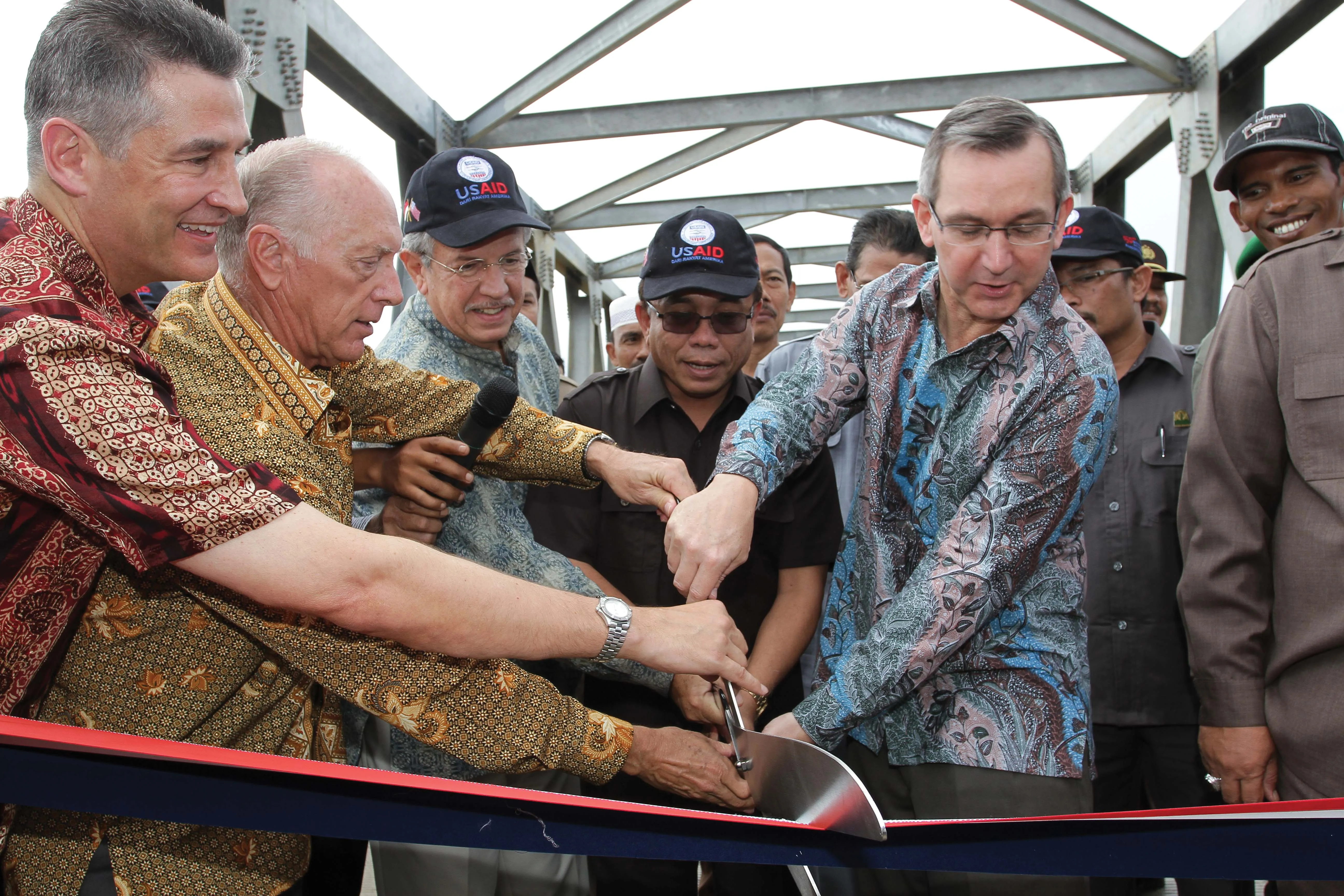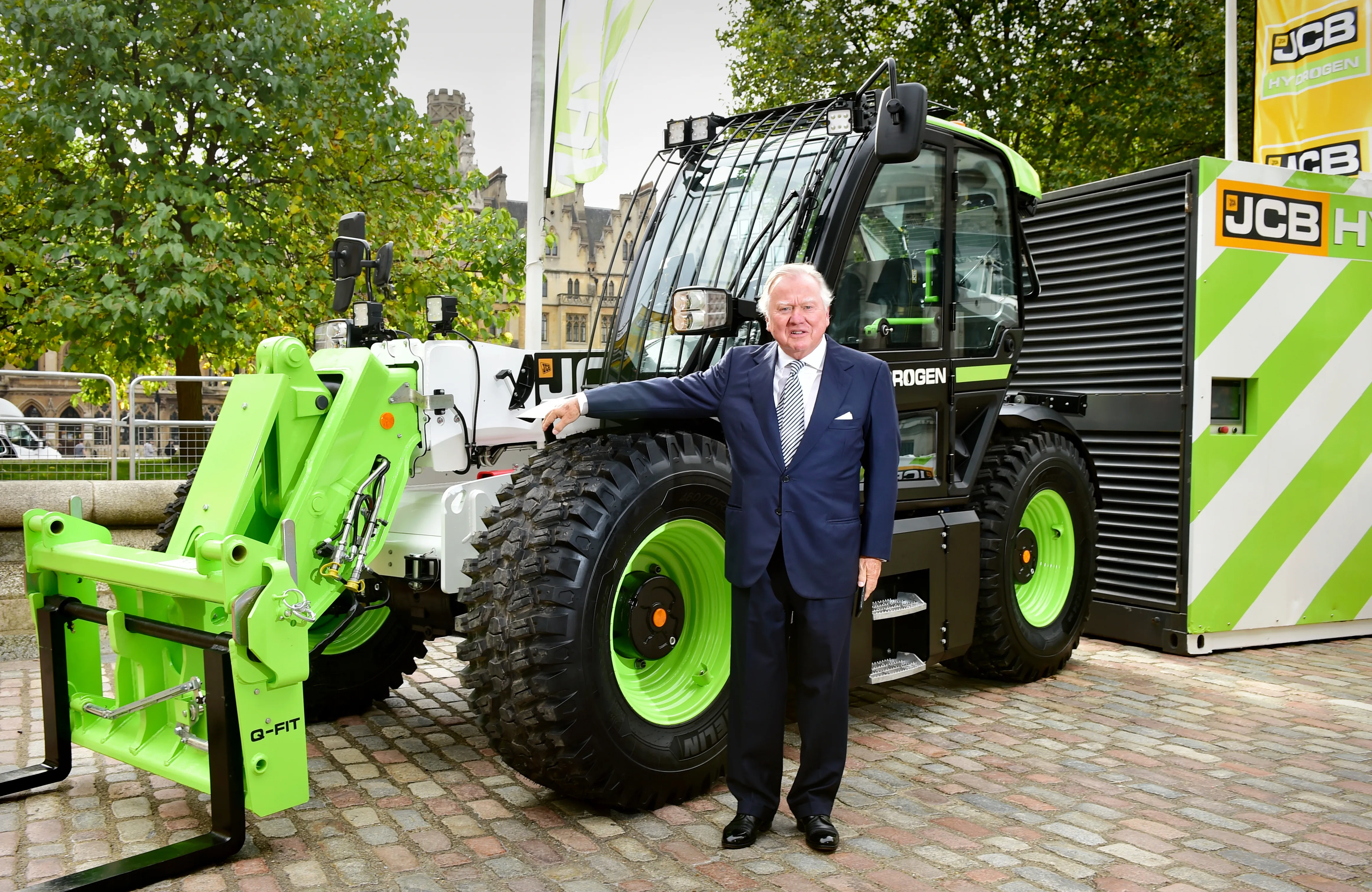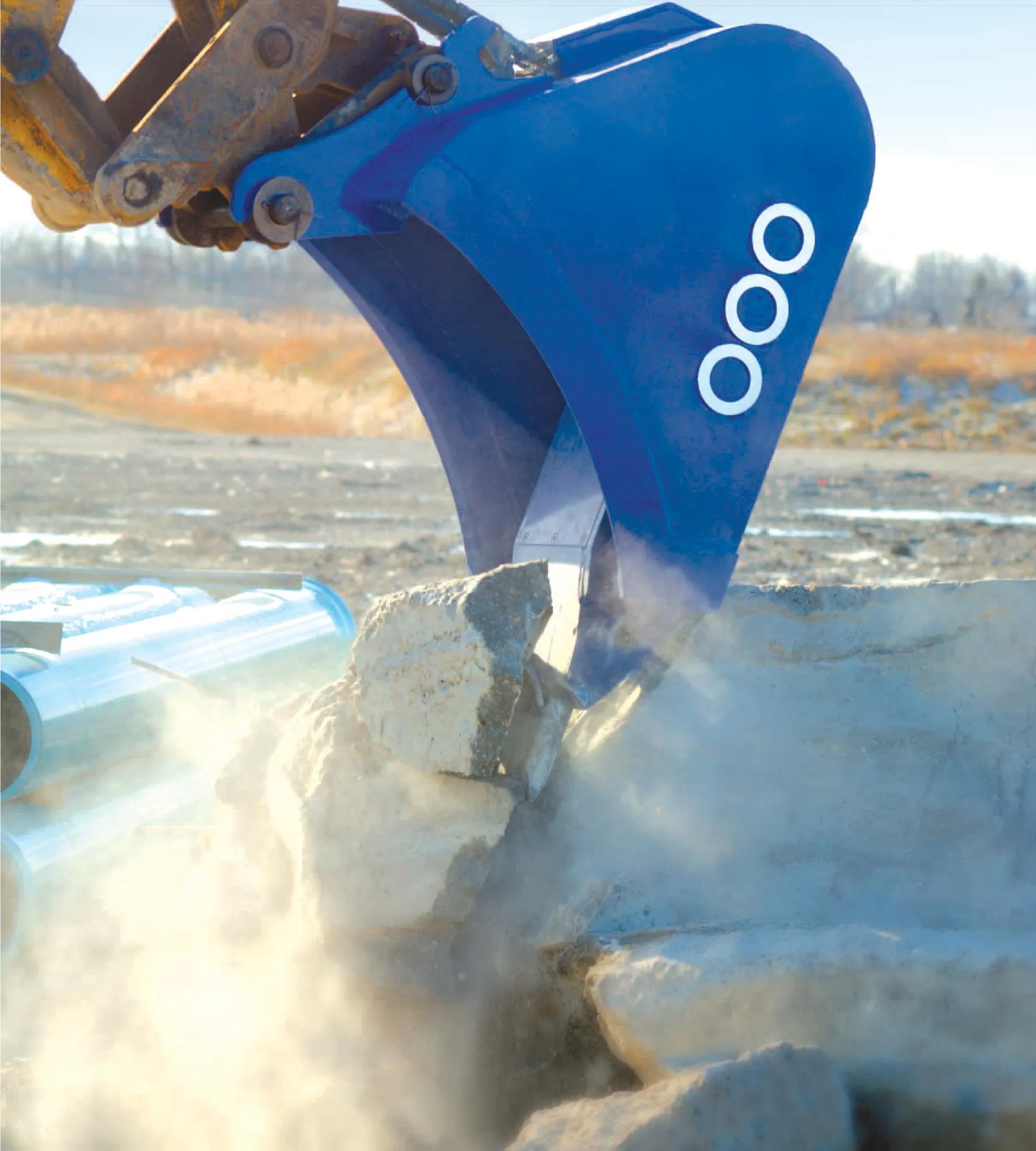British construction equipment manufacturing giant JCB is to provide machines and generators worth more than US$500,000 to assist vital clean-up work in the typhoon-hit Philippines.
The company is sending a fleet of three 3CX backhoe loaders after Typhoon Haiyan, one of the most powerful storms ever recorded on land, left up to 2,500 people dead. In addition, more than 120 JCB electrical generators are being provided through the company’s Filipino dealer Camec.
The generators are already being used to po
November 13, 2013
Read time: 2 mins
British construction equipment manufacturing giant 255 JCB is to provide machines and generators worth more than US$500,000 to assist vital clean-up work in the typhoon-hit Philippines.
The company is sending a fleet of three 3CX backhoe loaders after Typhoon Haiyan, one of the most powerful storms ever recorded on land, left up to 2,500 people dead. In addition, more than 120 JCB electrical generators are being provided through the company’s Filipino dealer Camec.
The generators are already being used to power community buildings, including hospitals and local authority premises. The JCB backhoes will be deployed in clear up operations in the province of Tacloban City.
JCB has a long history of helping countries affected by major natural disasters and this is the second time the company has sent aid to the Philippines. In 2006 JCB sent a fleet of 3CX backhoe loaders after Typhoon Reming hit the Bicol region, destroying much of the infrastructure.
Chairman of JCB Lord Bamford said, “The human suffering and scenes of devastation in the Philippines have been heart-rending and I hope JCB’s contribution to the relief effort will help, in some small way, those who are bearing the brunt of this disaster. One of the main challenges facing rescue workers is clearing roads in the affected areas and the JCB backhoe is exactly the right machine for the job of removing debris.”
The versatile JCB backhoe loader is the Ideal machine for disaster situations thanks to ITS front shovel which can be used as a bulldozer and rear excavator that not only be used to dig emergency drains, but also to crane heavy objects. Crucially, the machine can get from site to site under ITS own steam with no need for additional transport.
JCB Power Products offer a comprehensive range of 170 different of generators ranging from 1kVA to 3300 kVA in both diesel and petrol powered configurations. The generators despatched to the disaster zone are all small petrol models which can be carried easily by two people. They are Ideal for powering medical equipment, fridges and microwaves as appliances can simply be plugged into the generator.
The company is sending a fleet of three 3CX backhoe loaders after Typhoon Haiyan, one of the most powerful storms ever recorded on land, left up to 2,500 people dead. In addition, more than 120 JCB electrical generators are being provided through the company’s Filipino dealer Camec.
The generators are already being used to power community buildings, including hospitals and local authority premises. The JCB backhoes will be deployed in clear up operations in the province of Tacloban City.
JCB has a long history of helping countries affected by major natural disasters and this is the second time the company has sent aid to the Philippines. In 2006 JCB sent a fleet of 3CX backhoe loaders after Typhoon Reming hit the Bicol region, destroying much of the infrastructure.
Chairman of JCB Lord Bamford said, “The human suffering and scenes of devastation in the Philippines have been heart-rending and I hope JCB’s contribution to the relief effort will help, in some small way, those who are bearing the brunt of this disaster. One of the main challenges facing rescue workers is clearing roads in the affected areas and the JCB backhoe is exactly the right machine for the job of removing debris.”
The versatile JCB backhoe loader is the Ideal machine for disaster situations thanks to ITS front shovel which can be used as a bulldozer and rear excavator that not only be used to dig emergency drains, but also to crane heavy objects. Crucially, the machine can get from site to site under ITS own steam with no need for additional transport.
JCB Power Products offer a comprehensive range of 170 different of generators ranging from 1kVA to 3300 kVA in both diesel and petrol powered configurations. The generators despatched to the disaster zone are all small petrol models which can be carried easily by two people. They are Ideal for powering medical equipment, fridges and microwaves as appliances can simply be plugged into the generator.









